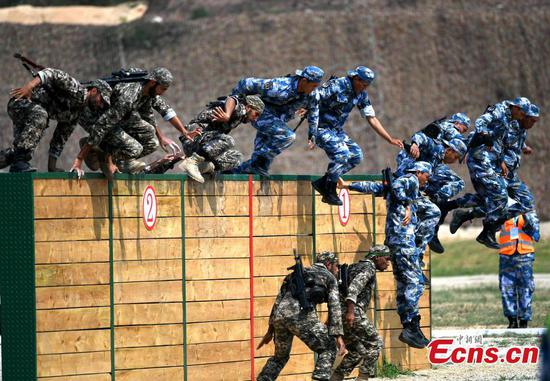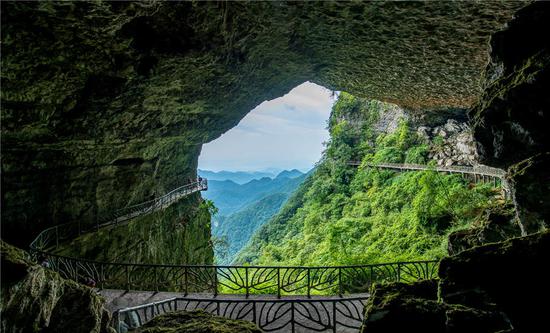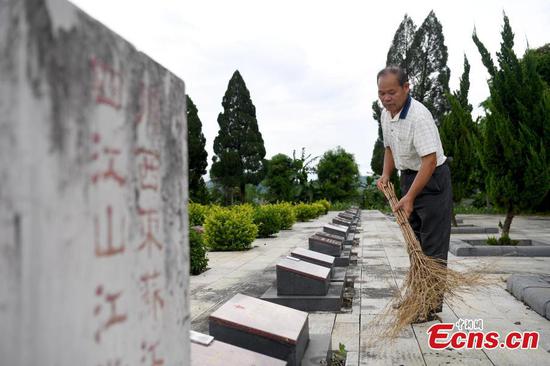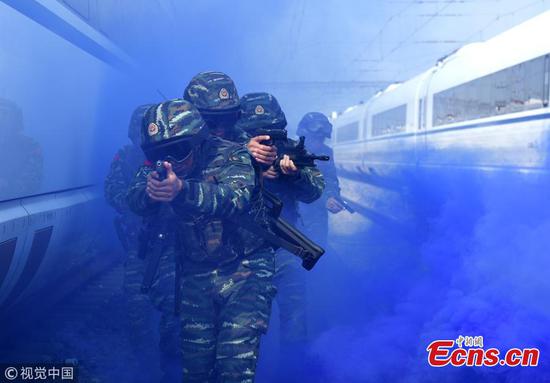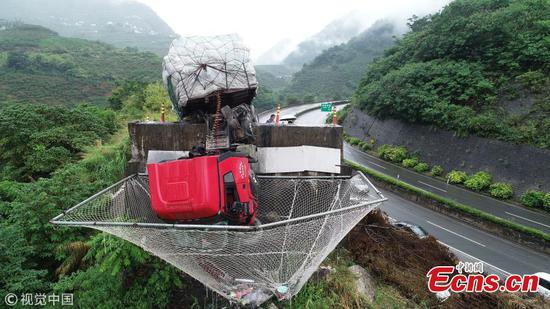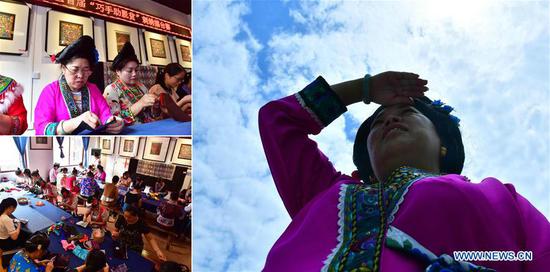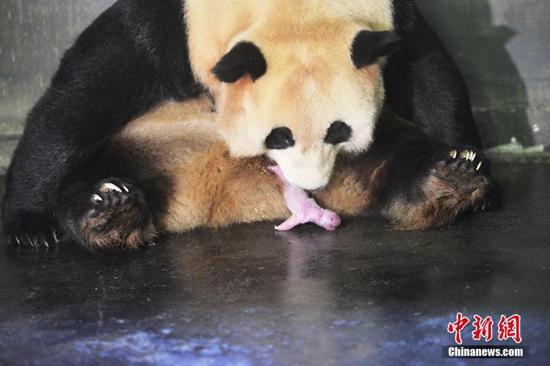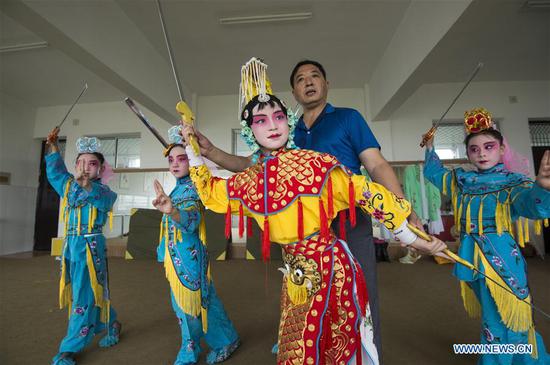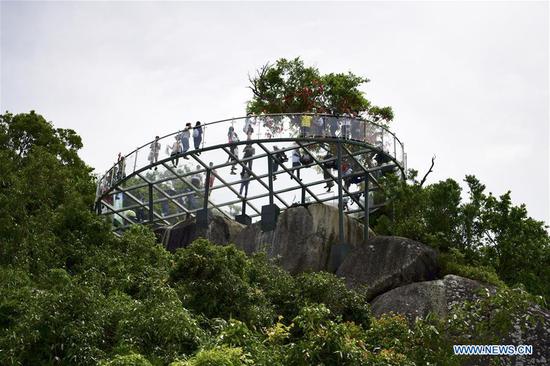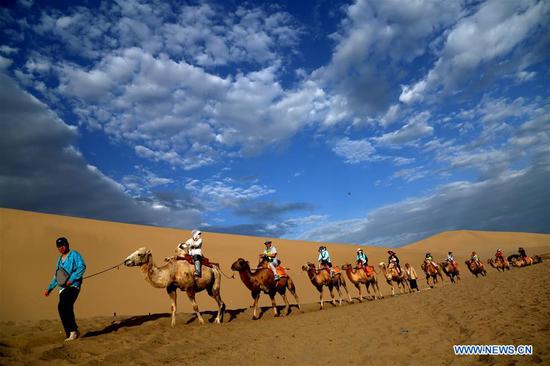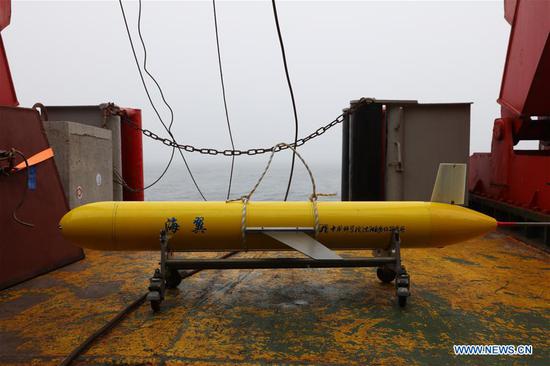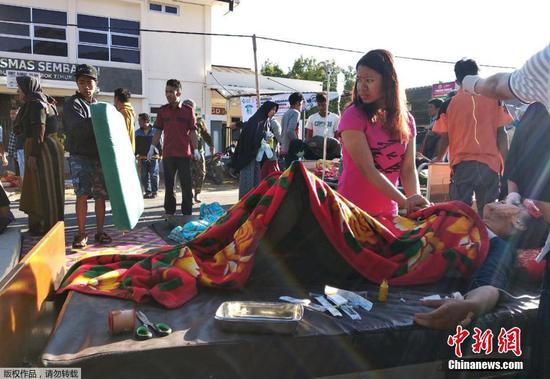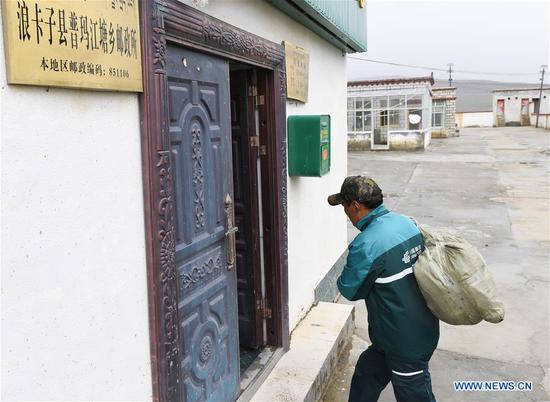Setting the tone
Over the past year, numerous cross-border organizations have been inaugurated throughout the Bay Area to safeguard the health of the 68 million people living there. A cross-border cooperation program in postgraduate medical education has been launched by the University of Hong Kong, and the Greater Bay Area's biotechnology hub has been spearheaded by Hong Kong Polytechnic University.
The central government is mapping out measures to reduce carbon emissions in the Bay Area and to develop a global standard, low-carbon economic hub, according to Xie Zhenhua, the special representative on climate change.
Hong Kong Chief Executive Carrie Lam Cheng Yuet-ngor is pinning high hopes on the Bay Area to take some of the strain out of Hong Kong's scarcity of land, and its beleaguered housing market. Lam believes that deepened intercity integration will mitigate long-term problems such as the city's sky-high housing prices combined with the land shortage.
Construction is about to start, or is underway, on two other major construction projects, the Shenzhen-Zhongshan Bridge and the Guangzhou-Dongguan-Shenzhen intercity railway.
Vice-Premier Han Zheng said at a meeting with Lam in Beijing last month that the Bay Area will take cooperation among the three areas involved to new heights for joint progress and shared benefits. In response, Lam said development of the Bay Area promises to become a new growth engine for the cities' economies.
Chan Ching-chuen, the first academic from Hong Kong to be elected a member of the Chinese Academy of Engineering, one of the nation's top scientific think tanks, said at a forum in June that cities in the Bay Area should avoid duplication of industrial development, and cutthroat competition. Instead, people should look for complementary development and maximize each other's advantages.












